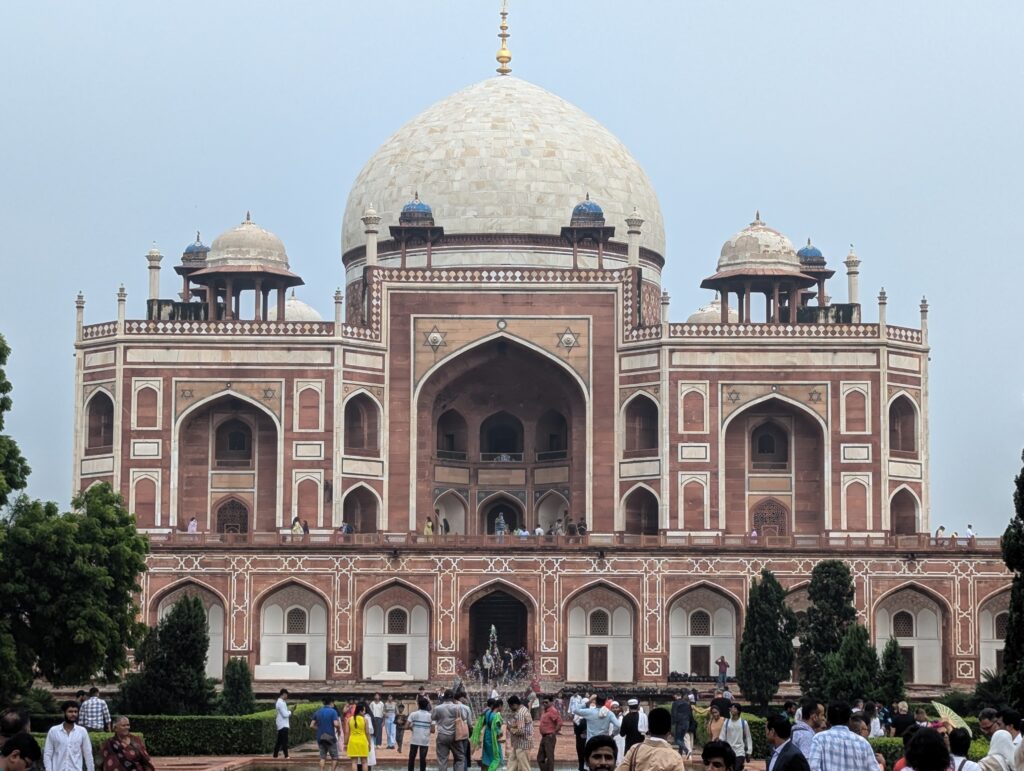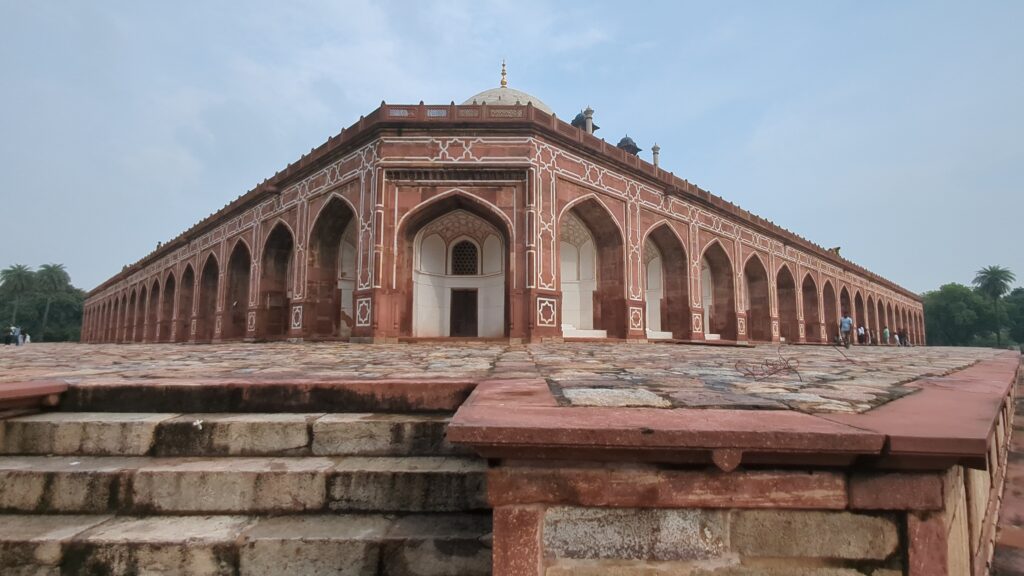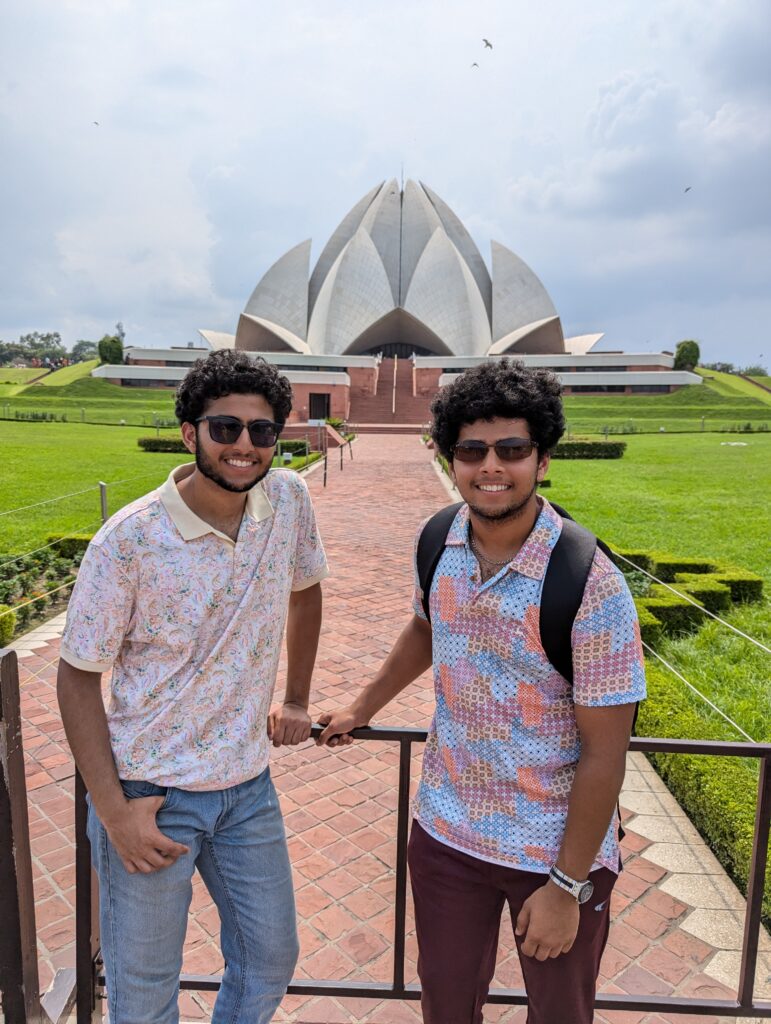The Impact of Context on Your Travel Experience
Today, while out for an evening walk, my mind wandered to a project I’ve been immersed in: reconfiguring and designing my blog for the past few weeks. This led me to reflect on my recent trip to India, where I explored North India more extensively than before (when I visited the spiritual capital of Varanasi), this time venturing into the Golden Triangle.
As I considered the multitude of places we visit — some with a clear understanding of what to expect and others where we learn as we go — a question struck me: Is visiting a location better with context or without it?
To explore this, I’ve drawn on a couple of personal experiences:
Humayun’s Tomb: A Case Study in Context
During my visit to Humayun’s Tomb in Delhi, I had absolutely no idea whose tomb we were about to visit or the scale of the site. Without much background information, I was struck by the sheer size and grandeur of the place as I walked up the red sandstone path leading to the mausoleum. It was a moment of awe, partly because I was seeing it without preconceived notions or expectations.

As it turns out, Humayun’s Tomb is not just a significant historical site on its own; it also served as an architectural inspiration for the Taj Mahal. Despite this connection, I found the Tomb had a quieter presence compared to its famous successor. Not knowing its background initially left me with a raw, unfiltered impression of the monument, which, while impressive, also led me to question why it didn’t draw as many visitors as the Taj Mahal.
The Dilemma of Context
Reflecting on this experience, I pondered whether having context beforehand might have changed my perception. Would knowing its historical significance and its influence on the Taj Mahal have made my visit more insightful or perhaps even underwhelming? There’s something to be said for the surprise and awe that comes from experiencing a site without prior knowledge. Yet, context can also deepen our appreciation and understanding, providing a richer experience.
Unbiased Observations and the Value of Context
During my visit, not having much context proved surprisingly beneficial. As I explored the back side of the platform supporting the tomb — which I later discovered is called the cenotaph — I found myself intrigued. I tried peeking over locked doors and counted the entrances to validate the symmetry (odd numbers help with symmetry).

I also noticed how the entire structure emphasises its elevated level rather than the ground level, where all the doors were locked. This sparked my curiosity: Why were these doors secured? Could there be something hidden beneath the main structure that is intentionally kept from view? I speculated that the locked doors might be concealing something, though I couldn’t think of another reason for their specific exclusion while the rest of the site remains accessible.
This line of questioning inspired me to consider similar aspects of other monuments, like the Taj Mahal, which could be a future post. On a broader note, my experience highlights that visiting a site without prior knowledge can lead to unique, unbiased observations and personal theories. Conversely, having context might allow you to notice details and appreciate historical connections you might otherwise miss. It seems like an exponential problem to me: the more you know, the more intricate the learning process becomes as you try to piece together additional layers of information.
Lotus Temple: The Surprise Factor
The visit to the Lotus Temple was an interesting one. After a busy day of sightseeing, we grabbed an Uber from the Red Fort to what would be one of our last stops — the Lotus Temple. I was so exhausted that I napped during the ride, catching up on some much-needed sleep from our whirlwind week-long trip.
When we arrived, I initially didn’t see anything imposing, so my expectations were low. But a few steps later, hidden amidst the greenery, there it was — the stunning Lotus Temple. Its symmetry was striking, though from the angle we first saw it, we weren’t aligned with the entrance. A few steps later, we were positioned perfectly, and the grandeur of the structure really hit us. People were rushing to get the perfect snap — “Picture, picture!” – frantic exclaims.

A Serene Interior
As we walked closer, I was impressed by how well the staff managed the flow of visitors. The process was simple yet effective: we were asked to remove our footwear, carry them in bags, and form a line to enter the temple. Despite the relatively small size of the temple, the wait was never too long — the crowd was constantly moving in a smooth, organised manner. The symmetry that had caught my attention from afar was even more captivating up close, especially the curved edges. But what really surprised me was the interior: a large, peaceful hall with no deity, just a serene space for meditation. It was a perfect moment of tranquility amid our hectic itinerary.
This visit fits into my ongoing thought process about the impact of context. I walked into the Lotus Temple with no prior knowledge or expectations, and that allowed me to fully experience it in the moment. Now that I know more about the temple, I wonder if a second visit would feel the same? Knowing there’s no central religious figure would influence my expectations, but I think my first-time experience benefitted from going in blind. There’s a certain magic in discovering a place for the first time without the burden of preconceived ideas.
Balance between context and discovery
I don’t seem to have a definitive answer right now for the context or no-context theory posed here. From my experience, both approaches bring value. Visiting a site without prior knowledge can lead to raw, organic moments of discovery, where you allow the place to speak for itself. On the other hand, having context can deepen your appreciation, enabling you to connect the dots of history, culture, and architecture in ways that enrich your experience.
Perhaps the key lies in striking a balance. Sometimes, it’s worth stepping into a location with a blank slate, letting the surroundings surprise you. Other times, understanding the layers of meaning behind what you see can transform a mere visit into a meaningful journey. Whichever approach you choose, both are part of the intricate dance that makes travel such a deeply personal and evolving experience. I think I lean more towards discovery > context right now, but that might change as I write more about my Golden Triangle experiences.



Leave a Reply